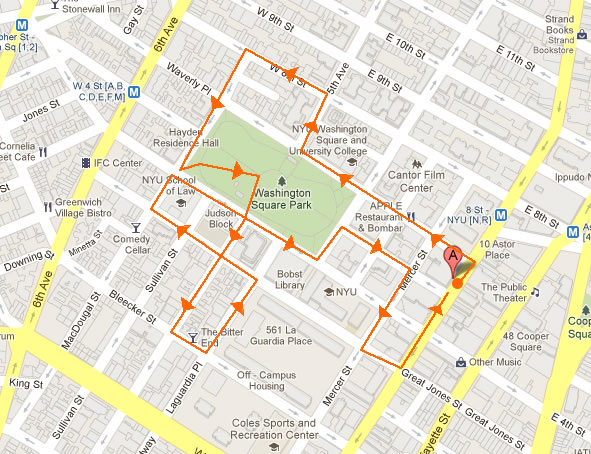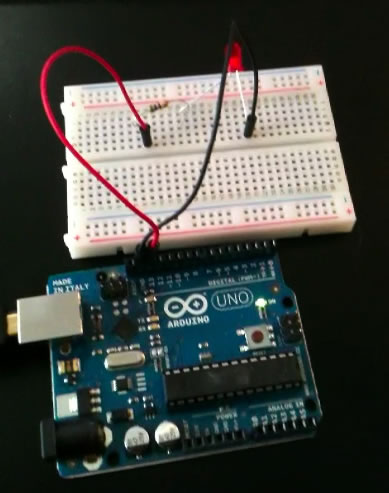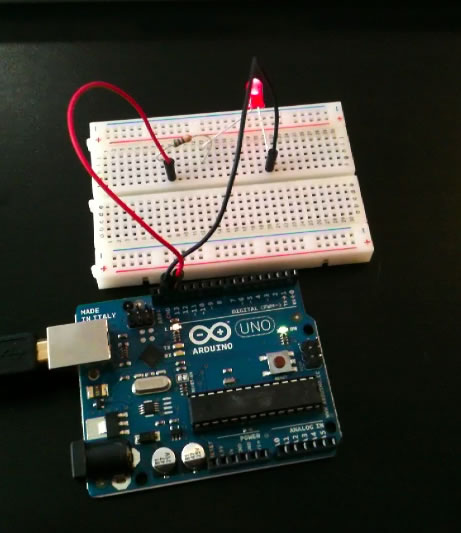Fantasy Device
Here is my fantasy device Idea. I have been contemplating on this for years now. It all started when I was in College, studying product design. It became clear to me that my hand wasn't as fast as my brain can design so I have been dreaming of a device that would plug into my mind and create the picture and then I can go ahead and work on details.
Playing with Electricity - Watch out! Multimeter in hand!
" We like to do things opposite way in here at ITP" that's what Dan O'Sullivan told us at the first PComp lesson. We were learning about basic electricity and circuits recent week. I couldn't be able to attend the class because I was sick but apparently I didn't miss much. It was all about using multimeter and learning how circuits work.
So to answer some question, "what is the tendency of the electrons?" for example I'd like to share a link. Here it goes;
PComp - better late than nothing right?
So ,This post supposed to be uploaded almost 2 weeks ago. I was sick, I was behind and I am still working on my time management. It was all about Analog input. But what is an Analog input anyway? It is Sensors as we know it. It can be any type of analog reading input device, from temperature sensor to photocell, to flex to potentiometer.
To get familiar with them I took a walk around the school, we were supposed to list the different sensors that we see around, that we use on a daily basis. Here is a map of my walk and these are the sensors that I can list.
- ITP Floor alarm - Elevators - Bus cards - Automatic doors - Digital Scale - Store Tag reader at the entry - Electronic Park Meter - Register - Motion detecting car park doors - A/C unit - Park lights with photocell...... well, you get the idea.
As a lab work I had chance to play with different sensors. Our task was to program our lovely smart friend Arduino using a "map" function to make an LED respond to an analog input. Another thing that I learned this week is that not all of the analog sensors can read the full range 10 bit numbers. Not fun right? That's why we need to check the values that our input is reading then convert them to numbers between 0 and 255 using map. It's not so easy but using variables in the program makes it easier.
Here you can see the video of me playing with a flex sensor, a photocell and a potentiometer.
Enjoy...
If you are wondering the program, here it is
PComp / First Arduino Program & Project
THE FIRST ASSIGNMENT : DIGITAL INPUT/OUTPUT I have to say that I was most excited about the Physical Computing class - not that I don't look forward to my other classes but I had high expectation from PComp :) - . After the first class as a person who used microcontrollers before I was in a way confident until I actually started to make this thing work :)
I had to understand so I played with it for a while. Tried to make a simple circuit and make the LED blink. I gotta say it wasn't that easy, it was my first time with a breadboard. All and all I managed to understand, explain it around and come up with a creative switch project.
Here is blinking light in action .
After that short test. I was ready to make my switch work.
The switch in action
I had the time of my life when I figured out how to make that switch go back and forth between two LEDs and to share the joy I played with the idea of W.C. lights in an airplane. When the DOOR is CLOSED the RED LED is ON when the DOOR is OPEN the GREEN LED turns ON. Pretty straight forward. I had some contact problems with my switch ends so that's why in the video below you can see the lights acting out a little funky but when door is in the right position it works perfectly. Enjoy.
MOMA "Talk To Me" and How do you define Physical Interaction
So what is "Physical Interaction" anyway? Or just "interaction". Or did the meaning of the word changed with our age of the new technology. I always thought about physical interaction to be present anywhere that there is an interface to encounter for us humans. Even maybe anything that we touch and control had ,in a sense, an interactive value. It occurred to me that the word "interaction" that we use in daily basis is actually totally different than the way professionals are defining when they are designing an object or software or pretty much anything.
Chris Crawford, in his book "The Art of Interactive Design, A Euphonious and Illuminating Guide to Building Successful Software" defines interaction as a conversation. This idea is explained clearly as the conversation consist of listening, thinking and speaking which would encourage the designers to seek for the same model while thinking about interaction design. I totally agree to this idea but if we think about whether an object or a software will ever be able to "actually" think and respond we might never be able to design anything that is interactive. As argued "thinking" is a trade of human.
I wanted to further investigate the idea of reacting rather than interacting at MOMA's "Talk to Me" . While I was checking out all those projects I realized a common thread. Almost all of the projects were in a way explaining something about ourselves to us. Making us actually look from a different perspective, that is, to look at digital life around us with a little bit more of a human understanding rather than just only using it.
I'd like to talk about the project called "Analog Digital Clock" 2009 by Maarten Baas (Dutch, Born Germany 1978). You can check the link for a video of it. You'll see it more clearly in the video when there isn't a lot of things going on around you in the museum setting.
http://moma.org/interactives/exhibitions/2011/talktome/objects/146229/
It is taking something totally digital, an object that has a function of providing information, to an analog experience. Maybe It is asking the question of what would it be if we were controlling the time. When you see the silhouette of a person changing the time behind the digital look, the perception of digital goes back and forth to an analog environment. In my opinion the non interactive project comes to mind when It’s more of a realization of the fact rather than having a conversation with it. We are now looking a little differently to the digital interface around us. As much as I am in board with Crawford's understanding, a part of me is still arguing about the interaction of my brain with the picture in front of me.
Another example that was interesting to me was the augmented reality projects. My favorite was "Augmented Shadow" 2010 by Joon Y. Moon (South Korean, born 1982).
http://moma.org/interactives/exhibitions/2011/talktome/objects/146225/
I can totally argue that we might not be interacting with the shadows, we are actually controlling or guiding the shadow environment but actually they are having an interactive experience for sure. Because their existence is solely attached to the light and where the light is coming from and when you don't control anything they actually continue to walk around. This might sound silly but I wanted to think that the shadow creations have a life of themselves :)
I have to say, I had a hard time going through the exhibit because of the museum setting. The designs needed more space and more explanation. On the half way through the exhibit I was so stimulated by tons of different ideas I couldn't be able to keep going. I had to come back and take in the second part of the exhibit.
I'd like to go back and give more attention to each design to be able to understand where the design for human is going. I would have much preferred to be able to have the exhibit at a bigger arena with access to play with every single project though. I expect that to be happening at ITP's Fall show :)
oya







